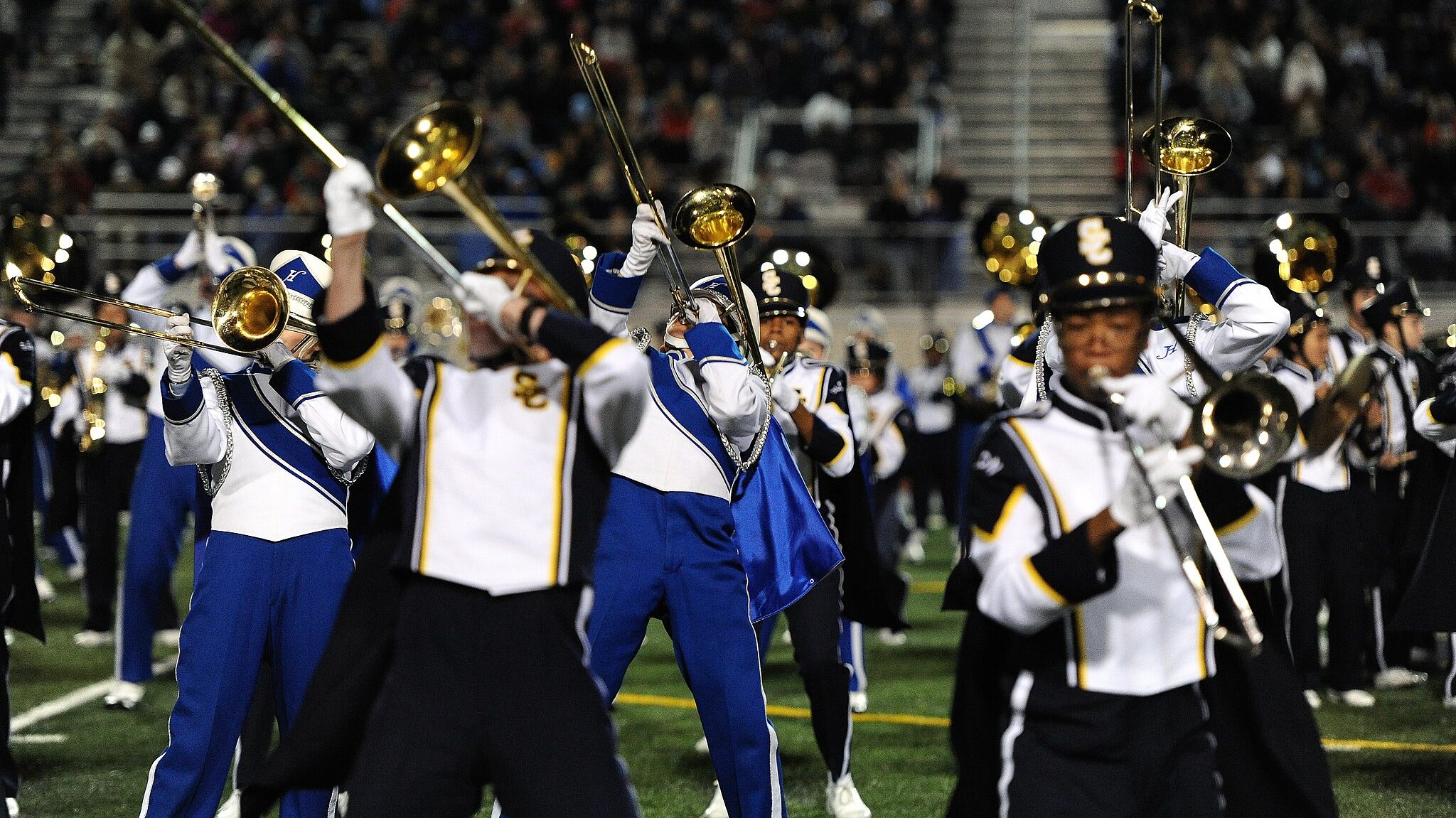Yesterday, I attended a conference encouraging the adoption of AI in the creative industries. My emotions during the presentations ranged from curiosity to discomfort to depression (and back again, not always in that order). A lot of the depression was related to the diminished importance of physical creative skills in developing and producing creative works. In the AI world of the future, there would be a lot more sitting at desks and thinking and trying to get tools to be perfect, and a lot less embodied practice, mistakes, weird sounds/paintings/acting, jokes, emotions.
I once had a discussion with a colleague about a piece of music that sounded as if the brass instruments were digitised to a very high standard. I lamented the loss of brass players in that instance but my colleague argued that it was democratising music production by cutting out the need for brass instruments.

The way music is produced is not inherently more or less accessible to all humans. Some will prefer to use a digital interface, some would prefer to use their breath, dexterity and bodies to produce sound. There is technology involved in both of these methods which could be inclusive or exclusive to different groups.
The way music is produced is not inherently more or less accessible to all humans. There is technology involved in both of these methods which could be inclusive or exclusive to different groups.
As someone who is originally American, I think about music education in schools through marching bands which was widely available when I was growing up. (The drums! The brass! The choreography! The weird marching band-specific shoes!) This provided a supportive environment and low-cost access to skills which furthers the art form of making music with our bodies and musical instruments, and it was taken up by a very diverse cohort of young people due to its inclusion in public (state) schools.
The economics of musical skills in US schools have likely changed in the 17 years since I have lived in the UK, and I know that creative education is taking a backseat in this country. (Maybe if live music was played at every football match this would be a different story??)
Technology has a cultural and social dimension. It has values hidden within it. The way musical instruments have developed is toward a sound and a social function that fit how society gathered, celebrated and listened to music. Are they portable or not? How expensive are they? How easy to play and what range of sounds are possible? Loud or soft? How are the songs played on these instruments passed on to others to play themselves or modify?
Technology has a cultural and social dimension. It has values hidden within it.
And so, digital and AI tools that mimic embodied music production also have values within them – the values and motives of their coders/developers and the use for which they are made. Are they made to create work quickly and gain ad revenues on Youtube? Are they made to mimic big budget film soundtracks in a certain style or easily digestible background music for ads?

Or are they made to communicate stories between communities or provide a way to celebrate? Are they made so that people who love music can directly participate in its creation with others?
And where does this all take place? Between a creator in their workspace and a consumer in bed with a laptop, or in a music venue or community space or recording studio?
So, as I heard at the conference, AI is coming and we need to get on board. When someone in the audience asked about the ethics of replacing physical skills (acting, painting, playing), the panelists responded with a version of “everyone else is doing it so we have to adopt AI to remain competitive.”
AI is coming and we need to get on board. But what does AI move creative production towards rather than just away from?
But what does AI move creative production towards rather than just away from? Towards more power to content producers and less power to creatives working in a physical medium. Towards creative production happening in a workspace and AI data centres and away from city centres and high streets. Towards Google and YouTube and away from other physical and digital platforms where creativity has lived.
When one person has more power, they don’t need to rely on their community for production and can adhere less to their values. Local communities are especially impacted when all work can take place remotely and in the cloud. AI will have huge implications for the development of places, communities and culture, as well as community wealth.
AI will have huge implications for the development of places, communities and culture, as well as community wealth.
AI feels magical because the vast majority of us can’t begin to understand the technology behind it. That magic has an agenda that needs questioning and channeling for public benefit and wellbeing, not just faster content creation.
AI needs more discussion, interrogation and regulation. If we don’t, we risk losing the richness of creative practice in our lives and the communities it creates – creating further holes in the social fabric of our towns and cities.
We need local structures that support creative communities. This takes money, skills, governance and access to physical space.
To understand how AI might be developed for positive community impact, and to ensure that creative practice is still meaningful and viable, we need local structures that support creative communities. This takes money, skills, governance and access to physical space.
Get in touch to talk about the strength of your creative community and its resilience in the face of rapid technological change.
